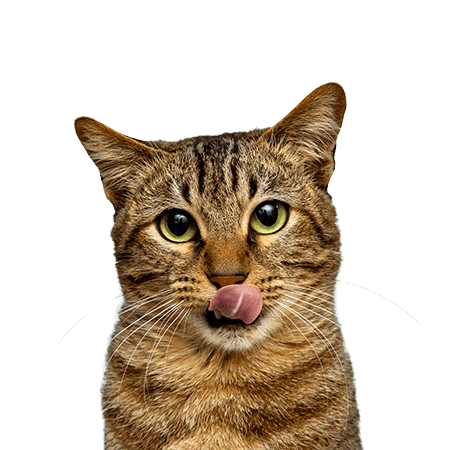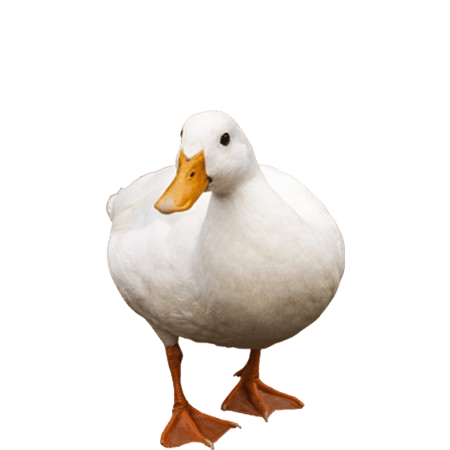Creating a wildlife-friendly garden not only enhances the beauty of your outdoor space but also fosters a thriving ecosystem that supports a wide variety of creatures. By incorporating simple yet impactful changes, you can turn your garden into a sanctuary for animals, insects, and plants alike. Whether you’re planting native flowers, building a pond, or providing shelter for birds and insects, every step you take towards creating a more natural space helps contribute to biodiversity and environmental health. In this blog, we’ll explore practical ideas for transforming your garden into a haven for wildlife, encouraging balance, growth, and harmony.
Let the Grass Grow
Many gardens feature freshly mowed lawns, but this practice can make it difficult for wildlife and plants to thrive due to limited space and growth time. By mowing less frequently or setting aside an area with long grass, you can create a valuable habitat for insects and small animals while allowing plants like daisies and white clover to bloom. These flowers enhance nectar production, attracting more bees to your garden, which in turn supports the growth of other plants and flowers. Embracing a wilder lawn can boost biodiversity and make your garden a thriving ecosystem.
Create a Pond
A small pond is a fantastic way to attract wildlife to your garden. You can create one using a buried bucket, a trough, or even by digging a larger pond. Be sure to include gently sloping sides to allow animals to enter and exit safely. A pond can attract frogs and toads, and over time, you may even see tadpoles develop, eventually filling your garden with a lively population of amphibians. For the best results, fill your pond with unchlorinated rainwater, easily collected in a water butt, and add native aquatic plants. These plants provide shelter and encourage a thriving ecosystem, making your pond a perfect wildlife haven.
Provide Natural Passages
Trees, hedges, and plants in your garden provide essential shelter and protection from harsh weather and predators. These natural features also serve as safe passageways for birds and mammals, allowing them to move freely. Even simple additions like piles of branches, twigs, and compost create valuable habitats where small animals and insects can live, feed, and hibernate. To further support wildlife movement, consider leaving a small gap in your fence to create a natural corridor. This helps connect habitats between gardens, making it easier for creatures like hedgehogs and frogs to explore and thrive in your wildlife-friendly space.
Leave out Food for Visitors
Providing food for wildlife such as hedgehogs, foxes, or badgers can encourage these animals to visit your garden and even make it a regular stop or a safe base camp in your wild space. By offering a consistent food source, you help support their well-being and contribute to their survival, especially in times when food may be scarce. Whether it’s a carefully placed feeding station, natural food sources like berries or nuts, or offering specialised meals, your garden can become an inviting haven for local wildlife. In addition to benefiting the animals, feeding them can also allow you to observe and enjoy the beauty and behaviour of these creatures up close. To learn more about how you can help, head over to the wildlife section on our website and explore our range of food products tailored to attract and nourish wildlife in your garden.
Plant Climbers- Use all your Available Space
Your garden isn’t limited to the ground, it can extend up fences, walls, and even rooftops. Make the most of every available surface by incorporating climbing plants, which provide shelter, nesting spots, and food for wildlife. Ivy is particularly beneficial, offering autumn flowers rich in pollen for insects and winter berries that birds love. Honeysuckle is another wonderful choice, attracting pollinators with its fragrant blooms and bringing your garden to life with activity. By adding vertical greenery, you create a thriving, multi-layered habitat that supports a diverse range of wildlife.
Bird Box/Feeding Station
Birds play a crucial role in maintaining a healthy ecosystem by dispersing seeds, pollinating plants, aerating the soil, and naturally controlling weeds and pests, all while adding beauty to your garden. To attract and support birds, consider planting trees and flowers that provide food and shelter, such as rowan and wild cherry. Installing a bird box offers a safe nesting space, while a feeding table or bird feeder stocked with nutritious food helps them thrive. Just be sure to place feeders high enough to keep them out of reach of cats. By making your garden bird-friendly, you’ll create a lively, balanced environment that benefits both wildlife and plants.
Build an insect hotel
Leaving piles of rocks, twigs, and rotting wood in your garden can create essential shelters for a variety of insects. You can also fill plant pots with twigs, rocks, and moss to make an insect hotel, providing a safe haven for pollinators and other beneficial bugs. Dead and decaying wood is especially valuable as it creates a nutrient-rich environment that encourages fungi growth while offering insects a place to feed and live. Get creative by adding a handmade “Insect Hotel” sign to make it an eye-catching and educational feature in your wildlife-friendly garden!
Plant Wildflowers
Flowers bring vibrant colour and fragrance to your garden, transforming it into a thriving wildlife haven. They provide essential food for insects and, by planting a diverse range of species, you can ensure a continuous supply of pollen and nectar throughout the year. If you plan to keep a grassy area, consider setting aside a section for a wildflower meadow. This untouched space will attract butterflies, bees, and other pollinators, creating a rich and dynamic ecosystem while adding natural beauty to your garden.
Avoid Pest Controls
The flowers and plants in your garden may attract slugs and snails, but avoid using chemical pellets as they can harm other wildlife. Instead, opt for natural solutions like physical barriers or companion planting, growing mutually beneficial plants together to support pollination, pest control, and weed management. Rather than viewing slugs and snails as pests, recognize their role in the ecosystem. A wildlife-friendly garden will naturally attract predators such as frogs, toads, hedgehogs, and birds, nature’s own pest controllers! With their help, your garden will remain balanced, healthy, and chemical-free.
Plant Native Plants in Your Area
Choose plants that are native to your area to attract and support local wildlife. Native plants form the ecological foundation of their region, providing essential food and nectar for birds, bees, and other animals. They are also well-adapted to local environmental conditions, making them low-maintenance and water-efficient. Beyond their practical benefits, native plants add natural beauty to your garden, changing with the seasons and creating a dynamic, ever-evolving landscape that thrives in harmony with your local ecosystem.
Compost
Having a compost heap or bin in your garden is an excellent way to recycle waste while naturally enriching your soil. Compost improves soil structure, boosts fertility, and supports the growth of wildflowers and other plants. It also creates a warm, sheltered environment for creatures like worms, beetles, and other beneficial insects, enhancing your garden’s biodiversity. To ensure your compost remains pest-free and doesn’t attract rats, avoid adding bread, cooked food, or any meat and dairy products. Instead, stick to plant-based scraps, garden trimmings, and organic matter to create a healthy, thriving compost that benefits both your garden and the creatures that call it home.
By embracing these simple yet effective ways to make your garden more wildlife-friendly, you’ll not only create a space that’s visually stunning but also a vibrant, sustainable environment for local wildlife. From providing food and shelter to encouraging native plants and natural pest control, each small change can have a lasting impact. Remember, every garden can become a haven for nature, whether it’s a tiny city plot or a sprawling countryside estate. With a little creativity and care, your outdoor space can become a wildlife sanctuary, promoting biodiversity and offering a peaceful retreat for you and the creatures that share it. Let your garden grow wild and thrive with the beauty of nature!


















